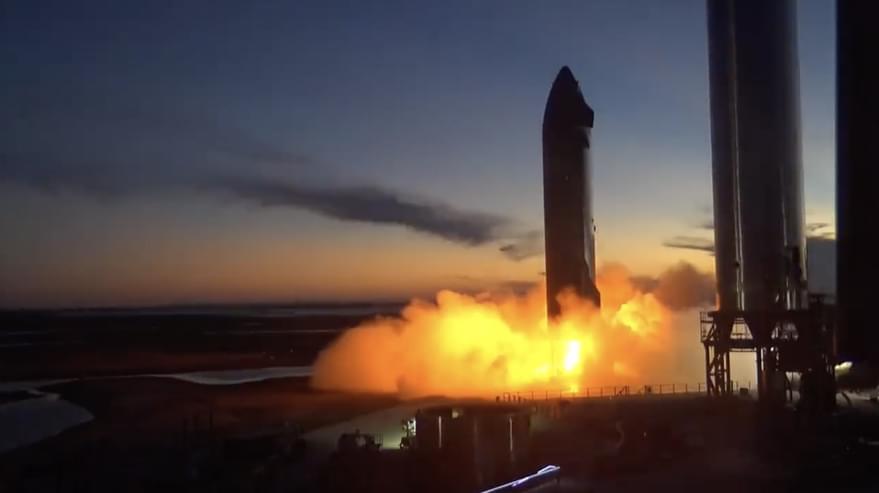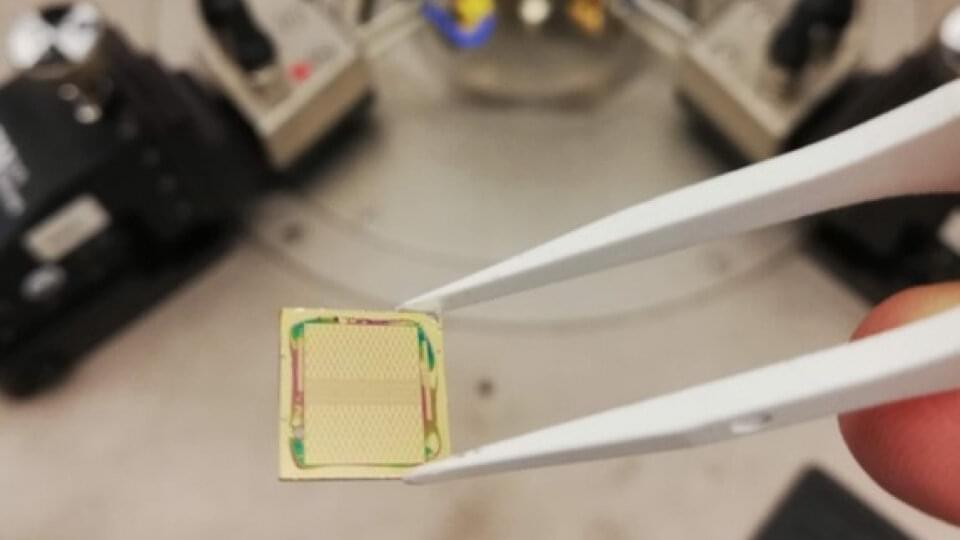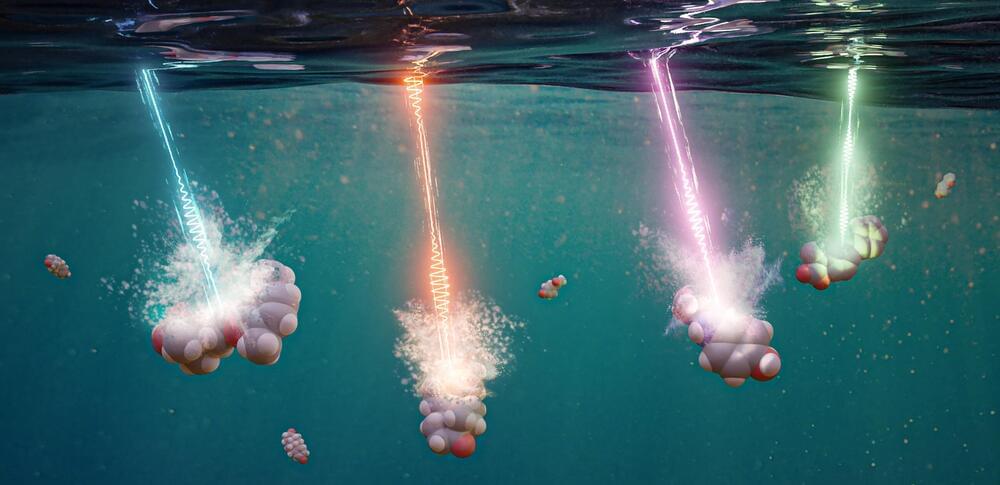This is interesting. It looks like SpaceX is abandoning their backup plan to launch V2.0 Starlink satellites with the Falcon 9 and instead they are going to launch them with Starship instead. They are also saying they will be ready to launch them as soon as 2 months from now. This confirms the rumors that I’ve been hearing that the Raptor 2 engine for Starship is much more stable than the Raptor 1 engines were.
Note that this means they are planning on launching satellites before they have perfected landing but this makes sense since they did the same with the Falcon 9, crashing and burning 19 rockets in a row until they were able to land part of one. It should take 5 or less orbital attempts to land the Starship booster stage. (They will lose a ton of engines with the booster stage so this will be a high priority to get working.)
TAMPA, Fla. — SpaceX has dropped a plan to use Falcon 9 to launch the 30,000 satellites in its proposed second-generation Starlink broadband constellation, and is instead focusing on a configuration leveraging its upcoming Starship vehicle.
The decision follows development progress that SpaceX said exceeded the company’s expectations and means it could start “launching the Gen2 system as early as March 2022,” SpaceX lawyer William Wiltshire said in a Jan. 7 letter to the Federal Communications Commission.
Starship missions are subject to a favorable environmental review into SpaceX’s launch facility at Boca Chica, Texas, which the Federal Aviation Administration expects to complete Feb. 28.






